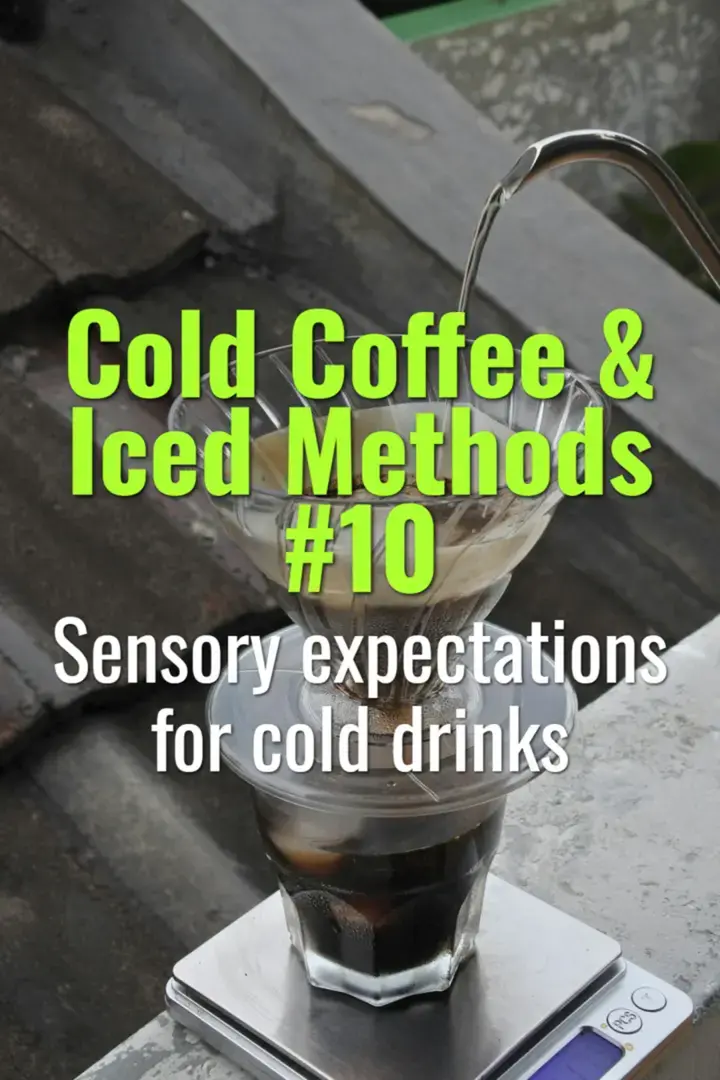Sensory expectations for cold drinks
How temperature influences the sensory perception of cold coffee, what customers expect in terms of flavor and texture, and how it differs from hot coffee experiences.
- Coffee Basics Nerds
- 2 min read
Article 10 of 12 in Cold Coffee & Iced Methods/

Sensory Effects of Cold Temperature
- Aromatics: Volatile compounds are less expressive at cold temps → reduced aroma intensity.
- Acidity: Perceived as sharper and crisper in flash-brew; muted in long-steeped cold brew.
- Sweetness: Cold temperatures dull sweetness perception compared to hot brews.
- Bitterness: Lower temperatures suppress harsh bitterness, making drinks smoother.
Customer Expectations
- Refreshment: Cold drinks are expected to be clean, crisp, and thirst-quenching.
- Consistency: Customers want clarity and balance, not muddiness or excessive dilution.
- Sweetness: Many expect natural sweetness or added sugar/syrup to compensate for muted lactose or coffee sugars.
- Body & Texture: Nitro cold brew offers creamy, stout-like texture; still cold brew is smoother and lighter.
Style Comparisons
- Flash-Brewed Iced Coffee: Bright, aromatic, preserves acidity and origin character.
- Immersion Cold Brew: Heavy body, chocolaty, smooth, lower acidity.
- Nitro Infused: Creamy mouthfeel, cascading visual, softer flavor profile.
- Cold Drip: Tea-like clarity, refined flavors, aromatic complexity.
Practical Service Tips
- Serve very cold (2–5 °C) for maximum refreshment.
- Adjust recipes for balance—higher dose or finer grind may be needed to intensify flavor at cold temps.
- Offer sugar, syrups, or milk alternatives since many customers expect customization.
Summary
Cold coffee drinks differ from hot ones in perception: aromas are muted, acidity shifts, sweetness diminishes, and bitterness softens. Customers expect cold drinks to be refreshing, clean, and balanced, with texture options ranging from smooth to creamy depending on brewing style.